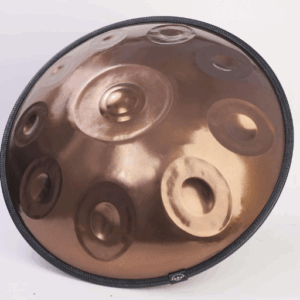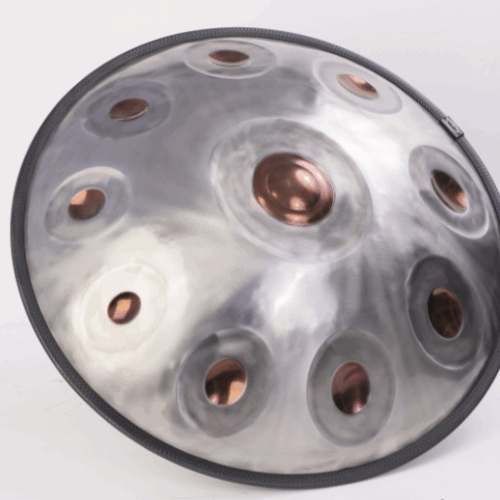Stringing a Martin guitar properly is essential to maintain optimal sound quality and playability. Here’s a step-by-step guide to help you string your Martin guitar correctly:
- Gather the necessary tools:
- New set of guitar strings suitable for your Martin guitar.
- String winder (optional but helpful).
- Wire cutters or a string cutter.
- Guitar tuner.
- Loosen the old strings:
- Start with the thickest string (6th string or low E) and use the string winder or your hand to loosen the tension.
- Repeat this process for each string until they are all loose. Remember not to remove all the strings simultaneously to avoid damaging the guitar’s neck or bridge.
- Remove the old strings:
- Once the strings are sufficiently loose, use wire cutters or a string cutter to cut them near the tuning pegs.
- Carefully remove the old strings from the bridge pins at the guitar’s body. Gently pull them out one at a time.
- Clean the guitar:
- Before putting on new strings, take the opportunity to clean the guitar. Use a soft cloth to wipe down the body, neck, and fretboard, removing any dust or grime that may have accumulated.
- Insert the new strings:
- Begin with the thickest string (6th string or low E). Insert one end of the string through the bridge pin hole corresponding to that string.
- Pull the string until it is snug, ensuring it is properly seated in the bridge pin slot.
- Repeat this process for each string, from thickest to thinnest, making sure to insert the string through the correct bridge pin hole.
- Secure the strings at the tuning pegs:
- Leave a few inches of slack beyond the tuning peg for each string.
- Starting with the thickest string, insert the slack end through the appropriate hole in the tuning peg.
- Hold the string firmly and turn the tuning peg clockwise to tighten the string. As you tighten, ensure that the string winds neatly and evenly around the peg.
- Tune the guitar:
- Once all the strings are secured to the tuning pegs, use a guitar tuner to bring each string to its proper pitch. Start with the 6th string (low E) and work your way to the 1st string (high E).
- Stretch and re-tune the strings:
- After bringing the strings to pitch, gently tug on each string to stretch it. This helps stabilize the tuning and prevents excessive stretching later.
- Re-tune the guitar using the tuner, as the strings may have stretched during this process. Repeat this step until the guitar stays in tune.
- Trim excess string length:
- Using wire cutters or a string cutter, trim off the excess string length beyond the tuning pegs. Leave a small amount for easier future string changes.
- Final adjustments:
- Check the guitar’s intonation, action, and neck relief to ensure optimal playability. If necessary, consult a guitar technician for adjustments.
By following these steps, you should be able to properly string your Martin guitar and enjoy its optimal sound and playability. Remember to take your time, be gentle with the guitar, and consult a professional if you encounter any difficulties.







